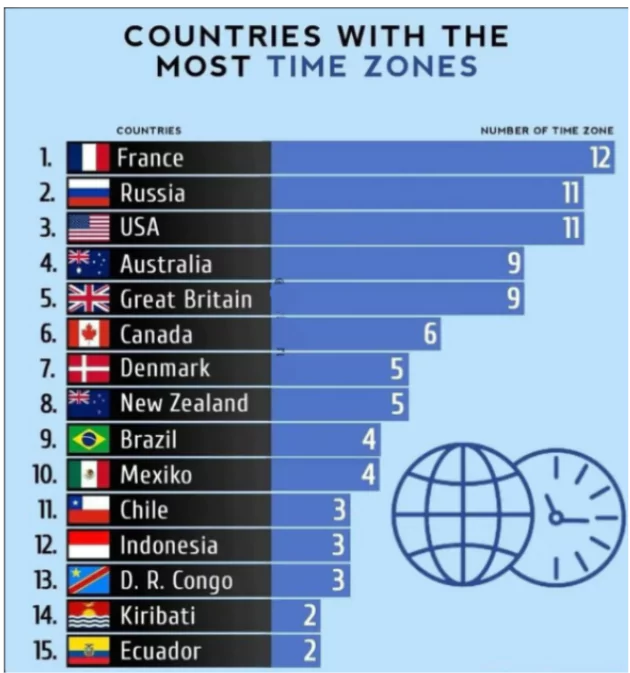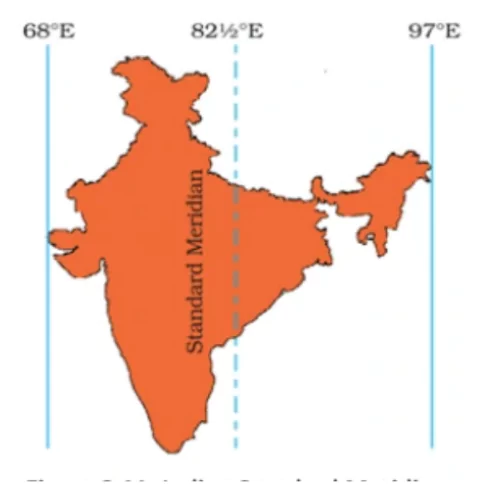The Union Ministry of Consumer Affairs announced the draft Legal Metrology (Indian Standard Time) Rules, which will mandate the synchronisation of all legal, administrative, and commercial operations with IST.
Draft Legal Metrology (Indian Standard Time) Rules, 2025

Objective
- To establish “One Nation, One Time” across India.
- Mandate and standardize the adoption of Indian Standard Time (IST) for all sectors.
- Ensure millisecond to microsecond precision in timekeeping.
Key Features of the Draft Rules
- Mandatory Use of IST: (UTC +5:30) maintained by CSIR-NPL to be the sole time reference for all legal, administrative, and commercial activities.
- Use of foreign time sources (e.g., GPS) prohibited unless approved.
- IST to be disseminated via Five Regional Reference Standard Laboratories (RRSLs) equipped with atomic clocks nationwide.
- RRSLs are being set up in Ahmedabad, Bengaluru, Bhubaneswar, Faridabad, and Guwahati.
- Mandatory use of Network Time Protocol (NTP) and Precision Time Protocol (PTP) by public and government entities.
- Exemptions: Granted for scientific, astronomical, and navigational uses with prior government approval.
- Monitoring and Enforcement: Audits to monitor compliance.
- Penalties for non-compliance with synchronization and timekeeping norms.
Implementing Agencies
- Nodal Ministry: Department of Consumer Affairs, Government of India
- In collaboration with:
- National Physical Laboratory (NPL)
- Indian Space Research Organisation (ISRO)
Rationale: Strategic need identified during Kargil War (1999) due to over-reliance on foreign satellite time data.
Strengths and Hurdles of the ‘One Nation, One Time’ Framework
| Strengths |
Hurdles |
- Enhances national security by reducing reliance on foreign systems (e.g., GPS) and strengthening cybersecurity.
- Enables uniform timekeeping across sectors, improving coordination in telecom, navigation, power, and emergency services.
- Boosts industrial efficiency, financial reliability, and accuracy in digital transactions and records.
- Strengthens long-term strategic self-reliance and reduces dependency on external timing systems.
|
- Involves high initial costs for infrastructure overhaul (e.g., atomic clocks) and system upgrades.
- Complex coordination required among multiple agencies like NPL, ISRO, and government departments.
- Technical challenges in deploying and maintaining synchronization protocols, especially in remote areas.
- Service providers relying on foreign time sources may face short-term integration challenges.
- Potential for operational downtime and disruptions during the transition phase.
|
CSIR-NPL: National Metrology Institute of India
- It is responsible for the development, maintenance, and dissemination of National Measurement Standards.
- CSIR-NPL plays a pivotal role in:
-
- Establishing accurate and traceable measurement systems.
- Supporting industries and strategic sectors through advanced metrology.
- Developing new measurement standards and cutting-edge technologies based on advanced materials.
- Its contributions are vital to scientific progress, industrial growth, and national development.
- India’s official Timekeeper, responsible for maintaining Indian Standard Time (IST) through high-precision atomic clocks.
|
What is an Atomic Clock?
- An atomic clock is a highly precise timekeeping device that uses the resonance frequencies of atoms—typically cesium or rubidium—to measure time.
- Working Principle:
- Operates on the quantum transitions (energy changes) of atoms.
- Microwave electromagnetic radiation is tuned to a specific frequency.
- Time is measured by ensuring the radiation matches the frequency that induces the atomic transition.
- Invented in 1955 by Louis Essen, a British physicist.
- Atomic Clocks in India: Ahmedabad, Faridabad – Managed and Maintained by CSIR – NPL
|

Indian Standard Time (IST)
- IST is based on the standard meridian of 82°30′ E, which is 5 hours 30 minutes ahead of GMT/UTC.
- This meridian passes through Uttar Pradesh, Madhya Pradesh, Chhattisgarh, Odisha, and Andhra Pradesh.
- Allahabad Observatory computes local time using 82°30 E, while the National Physical Laboratory (New Delhi) maintains official timekeeping.
|
![]() 19 Jun 2025
19 Jun 2025



